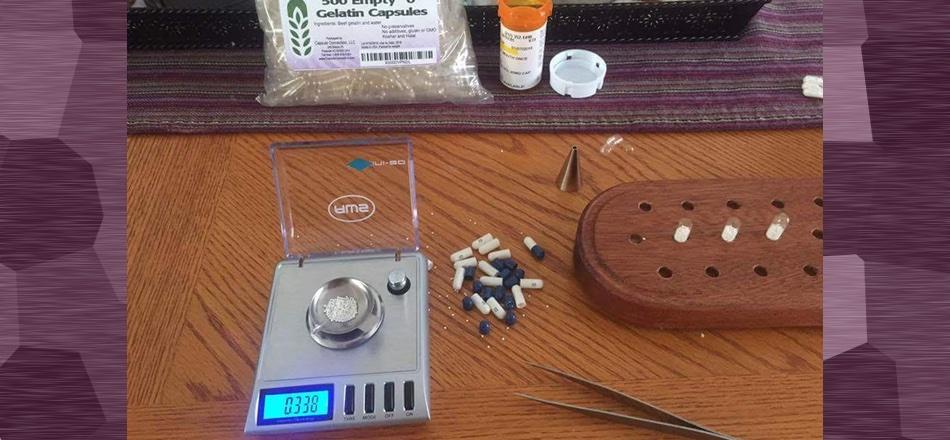Why this step is important
Learning about how laypeople actually implement their chosen taper method in practice is a helpful way to synthesize all the different aspects you’ve learned regarding preparing for and executing a psychiatric drug taper.
Getting oriented
If you’ve thoroughly worked through this Companion Guide, you almost certainly appreciate how a psychiatric drug taper that involves listening close to the messages of the body and going as slowly as is necessary takes a lot of careful planning and work. But you may still be wondering, what does the implementation of a taper actually look like in real-life, daily practice? As we’ve explored extensively in this Companion Guide, every person, every situation and every drug are unique and require unique procedures to help ensure the smoothest and most successful outcomes possible. However, there are some general, basic decisions and actions that most people in the lay withdrawal community go through, so in this step, we’ll review all of the key steps in planning a taper, and then look at some simple samples of what a typical implementation day looks like for each taper method.

